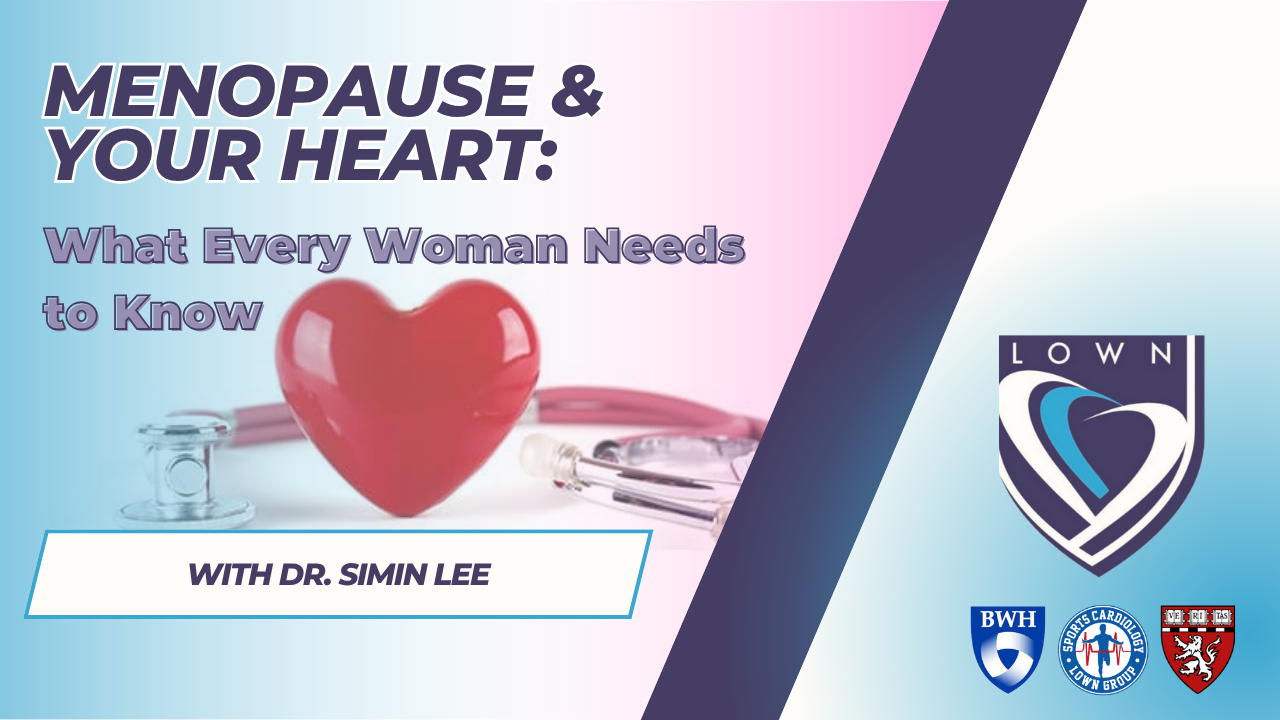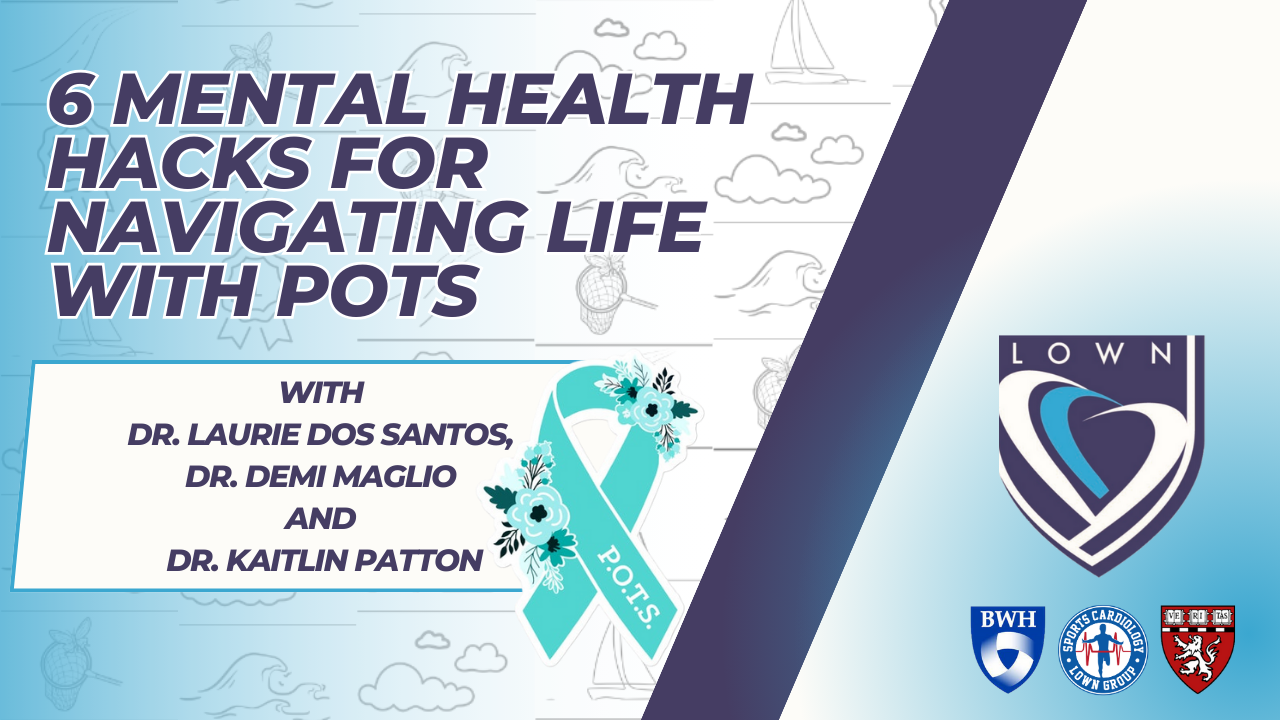Medications as effective as stents for most with coronary artery disease
How best to treat a patient with stable coronary artery disease (CAD)? The cardiology community has debated this question for decades, arguing whether it’s best to take a conservative or invasive approach.
The ISCHEMIA trial (ischemia means not enough oxygen is getting to the heart muscle), a new study reported at November’s American Heart Association meeting, provides some answers. This study suggests that for most, managing CAD with medications alone (the conservative approach) is as safe and effective as the more invasive strategy of cardiac catheterization and opening of the blocked artery.
Findings of the ISCHEMIA trial
ISCHEMIA followed over 5,000 patients with significant narrowing in one or more coronary arteries. Half of the patients were randomly selected to receive conservative treatment with optimal medical therapy (OMT) and lifestyle changes to treat risk factors such as high blood pressure and high cholesterol. The other half were given OMT and also sent for cardiac catheterization (threading of a flexible catheter into the heart arteries to look for narrowed or blocked coronary blood vessels). When blockages were found, these patients underwent placement of a small mesh tube, called a stent, to prop open the affected area. When blockages were too complex for stent placement, open-heart surgery was performed.
The findings were surprising. Many cardiologists would have predicted that the invasive strategy would be superior to the conservative strategy. The group that received stents did report greater relief of angina , or chest pain. But there was no significant difference between the two groups in terms of rates of heart attack, death, or hospitalization for worsening heart pain.
Proponents of the conservative approach argue that OMT makes more sense than stenting because it addresses all the arteries in the heart, not just the small section of narrowing addressed by a stent that may be causing angina but may not represent a risk to health.
Stents still a good choice for unstable angina
Since their introduction in the 1980s, stents have been widely used in the treatment of CAD. Stents are effective at relieving angina in patients who continue to experience symptoms despite being on appropriate medicines. Angina refers to the symptoms — typically pressure or tightness across the chest — that occur when the heart muscle does not get enough oxygen-rich blood.
Angina is a symptom of advanced atherosclerosis, a process of inflammation and plaque formation that leads to blood vessel narrowing. If an atherosclerotic plaque ruptures, this can trigger the formation of a blood clot, severely and suddenly obstructing blood flow. Depending on the degree of obstruction and which artery is involved, this may cause abrupt worsening of angina, called unstable angina, or death of the heart muscle, called a heart attack. Unstable angina occurs at rest, or with increasingly little exertion.
Patients experiencing unstable angina or heart attack almost always require urgent cardiac catheterization, and often stent placement.
Medications as effective as stents for stable angina
Unlike unstable angina, patients with stable angina have more predictable, chronic symptoms that can be managed with medications. Stable angina worsens with exertion or sometimes with emotional stress, and improves with rest. Reduction of stable angina involves improving the mismatch between oxygen supply and demand. This can be accomplished either by lowering demand or improving supply.
Demand can be reduced with OMT, which may include beta blockers, which slow down the heart rate, or nitroglycerin, which decreases the work of the heart by relaxing blood vessels. Statins and aspirin are another important component of OMT, because they help to stem the progression of heart disease, reducing the risk of unstable angina or heart attack. When medication fails, blood supply to the heart muscle can be increased by removing the blockage with a stent or bypassing the blockage with open-heart surgery.
Many cardiologists have assumed that stents are effective, not only at relieving symptoms but also at preventing future heart attacks, leading many to pursue early cardiac catheterizations for their patients with stable angina. However, the ISCHEMIA trial suggests that medications are just as good at preventing heart attacks and death in stable patients.
This is welcome news for patients who previously would have been urged to have a cardiac catheterization and stent placement for stable angina. It now seems clear that these patients can be safely managed with medications alone, avoiding the risk and discomfort of the procedure, not to mention reducing healthcare costs.
Optimal medical therapy safe and effective for most with coronary artery disease
ISCHEMIA is not the first study to demonstrate that OMT is a safe and effective alternative to stent placement. But it is the most influential because of its careful design, large number of patients, and comparison of the newest stents and most current medical treatments.
So, how best to manage patients with stable coronary artery disease? A safe and effective long-term strategy for most is to start with medications and healthy lifestyle. For those who continue to be limited by angina, an invasive procedure is appropriate for symptom control. Stents relieve angina, but they do not prevent heart attacks or death.
The post Medications as effective as stents for most with coronary artery disease appeared first on Harvard Health Blog.
Recent Blog Posts






